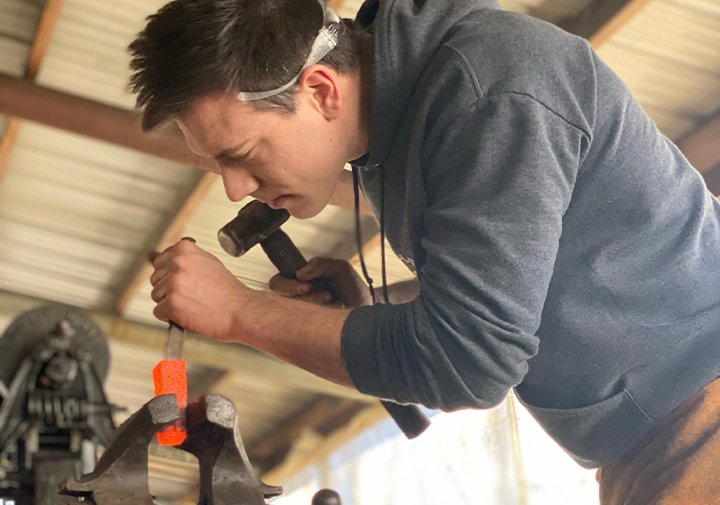
What is it like having Stargardt Disease?
What is it like having Stargardt Disease?
With no central vision and very blurred peripheral vision, every day is filled with challenges and the necessity to overcome and adapt to what would be the simplest of tasks for most people. I can do the same work as others, however, just not in the same way or in the same amount of time.
The blind area in the center of my visual field is not just a black or grey spot, it’s just blank. My brain tries it’s best to fill in the gap with what it thinks is there. For example, a glass sitting on a table; if part of the glass is in my blind spot, I will not see that part, so my brain tries to fill in the missing part.
I am not able to identify people from a distance unless I know them well and are familiar with the tone of their voice and the unique way they walk. I cannot make out facial features or expressions until someone is at least two or three feet from me. When I am speaking with someone up close, they may believe I am not looking at them because I may be looking to the side or over their head in order to focus and see them in my peripheral vision. If someone does not know me, they may become irritated or think I am not paying attention to them, but this is how I see things.
For a unique perspective on how Jesse and others affected by Stargardt disease see, check out this video.
